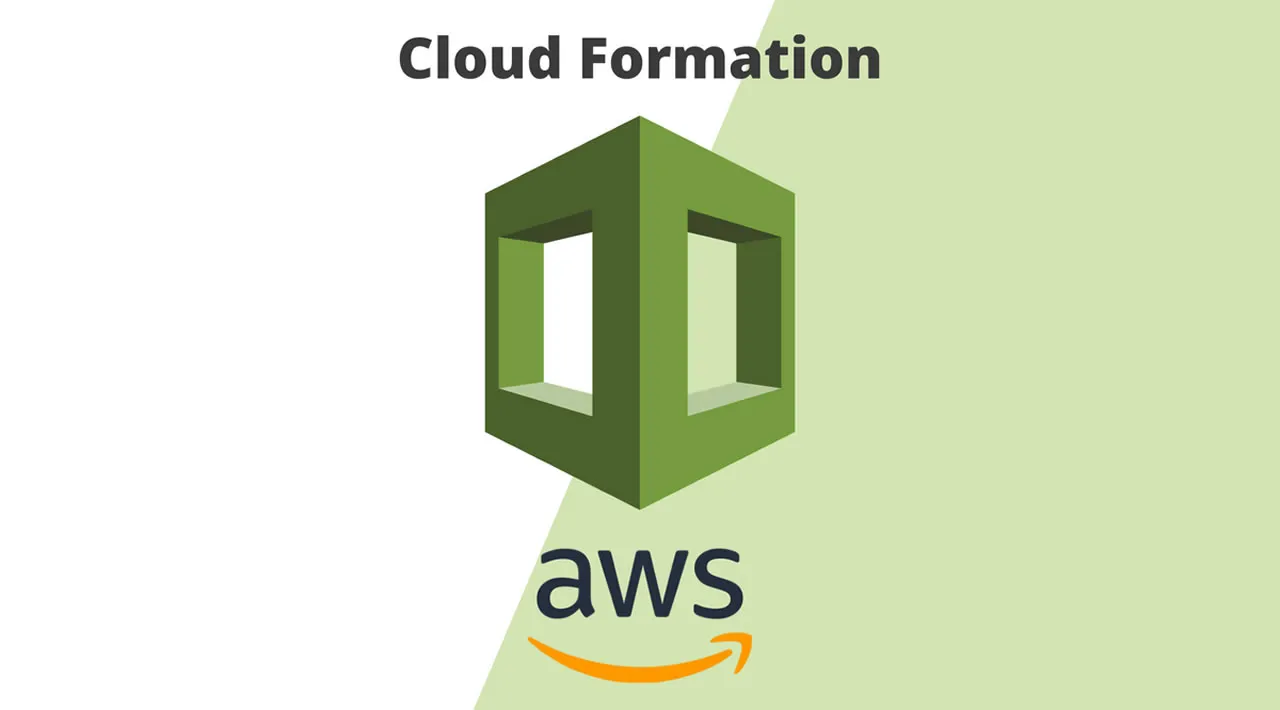Have you ever tried to move resources from one AWS region to another? It can be quite painful. You have to figure out how all of the resources connect together, then plan out what order you need to recreate them. Fortunately, AWS has a simpler way of doing that. It’s called CloudFormation.
CloudFormation allows you to define all of those resources (and their relationships) in a JSON or YAML file called a template. The template can take in some parameters too, which means you can define multiple environments with a single template.
In this article, I’ll explain the fundamental sections of a CloudFormation template and how to use it to deploy a stack.
CloudFormation Template Structure
Cloud formation templates are YAML files with a few specific root properties that are referred to as sections. If you want to see the sections not covered in this article, checkout out the CloudFormation User Guide.
Parameters
The parameters section allows you to create parameters (duh). Using parameters allows you to create a single template that can be reused across multiple environments. Just change the parameter values and you have a new environment–or at least an updated one.
#cloudformation #aws #aws-s3 #aws cloudformation
